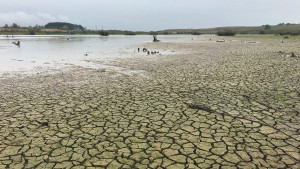 Funded: $740,000 by MfE (Public Waterways and Ecosystems Restoration Fund from the Jobs for Nature programme – for lake level restoration); $450,000 by MBIE (Kanoa climate resilience funding – for ecological and cultural enhancement); $176,000 by Waikato River Authority; $145,000 by Genesis Energy
Funded: $740,000 by MfE (Public Waterways and Ecosystems Restoration Fund from the Jobs for Nature programme – for lake level restoration); $450,000 by MBIE (Kanoa climate resilience funding – for ecological and cultural enhancement); $176,000 by Waikato River Authority; $145,000 by Genesis Energy
Total project cost: $1.51m
Project duration: 3 years
Jobs expected over project life: 3
Lake Kimihia is a Significant Natural Area of very high importance and value to Waikato-Tainui hapū, in particular Ngāti Naho, Ngāti Mahuta and Ngāti Whāwhākia. The land included in this project is owned by the Department of Conservation.
The lake was reduced from 318ha to 44ha as a result of historic open cast mining. It currently has very low levels, due to the mining, and has been completely drying out over recent summers, leading to the death of tuna (eels) and significant loss of habitat.
This project has been made a reality through a collaborative partnership between the council, Waikato-Tainui, Waahi Whanui, the Department of Conservation and local landowners, and $1.856 million in funding by the Government (as part of its economic response to COVID-19), Waikato River Authority and Genesis Energy. This project has Jobs for Nature funding by MfE for the construction of a bund and weir to raise the level of the lake to what it was in the 1980s, and Waikato River Authority funding to undertake planting and fencing around the lake. It also has funding from MBIE to undertake catchment improvements and ecological and cultural enhancements. It’s a collaborative project involving a number of stakeholders, including Waikato Regional Council, Waikato District Council, Waikato River Authority, Waikato-Tainui, the Department of Conservation, NZTA and landowners.
Key activities
- Construction of a bund and weir to raise lake level and prevent summer dry out.
- Restoration of 9ha of wetland.
- 8km of new fencing.
- Planting of 33,000 native plants.
- Meeting cultural aspirations for enhancement of the site.
Environmental benefits
- Securing the lake as an open waterbody year-round, providing habitat for native fish species (tuna) and waterfowl.
- Maintaining water levels in adjacent wetlands and enhancing these as habitat for native bird and plant species.
- Native plants are the dominant vegetation around the lake margin and in wetland areas.
Progress:
- Construction of the containment bund, weir and culverts have all been completed.
- Pest fish barriers have been installed.
- 4.32km of fencing has been completed.
- 28,308 native plants have been planted.
- 10.39ha of land retired.
Next steps
- Site monitoring to determine lake levels and ensure an adaptive management approach to further activities.
- Maintenance and infill planting as required.
- A site opening or ‘tuwhera’ to be held.



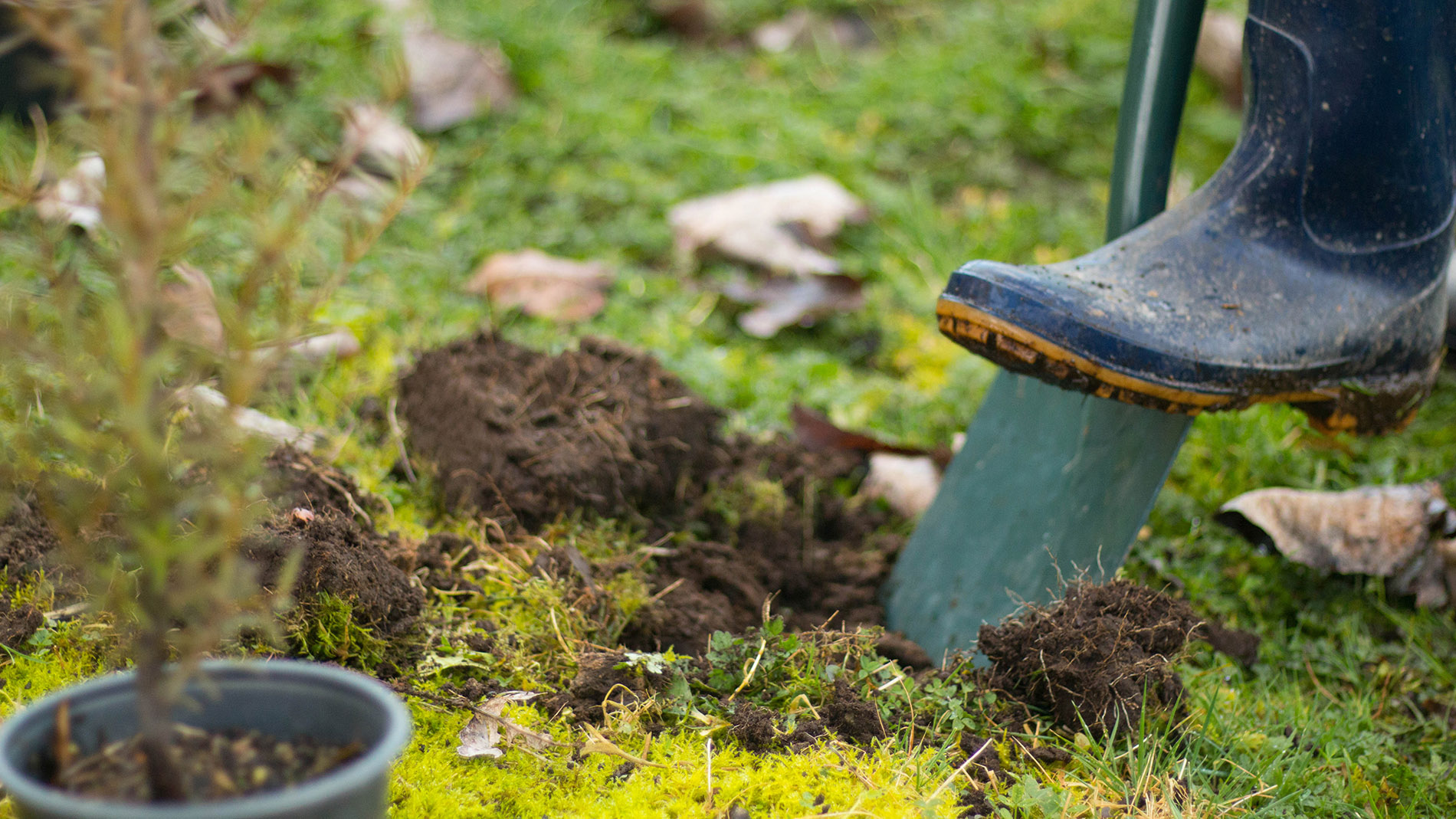
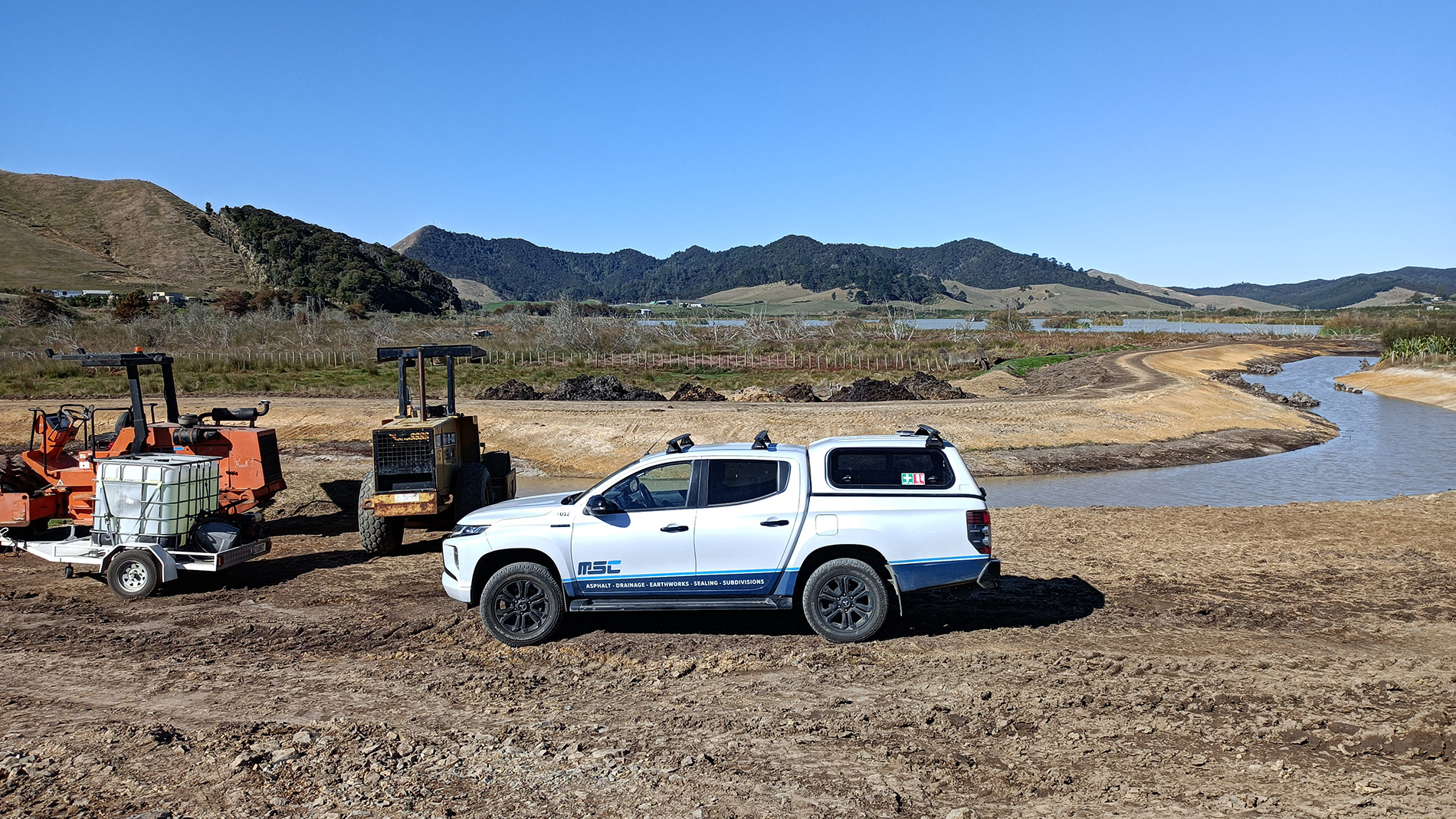
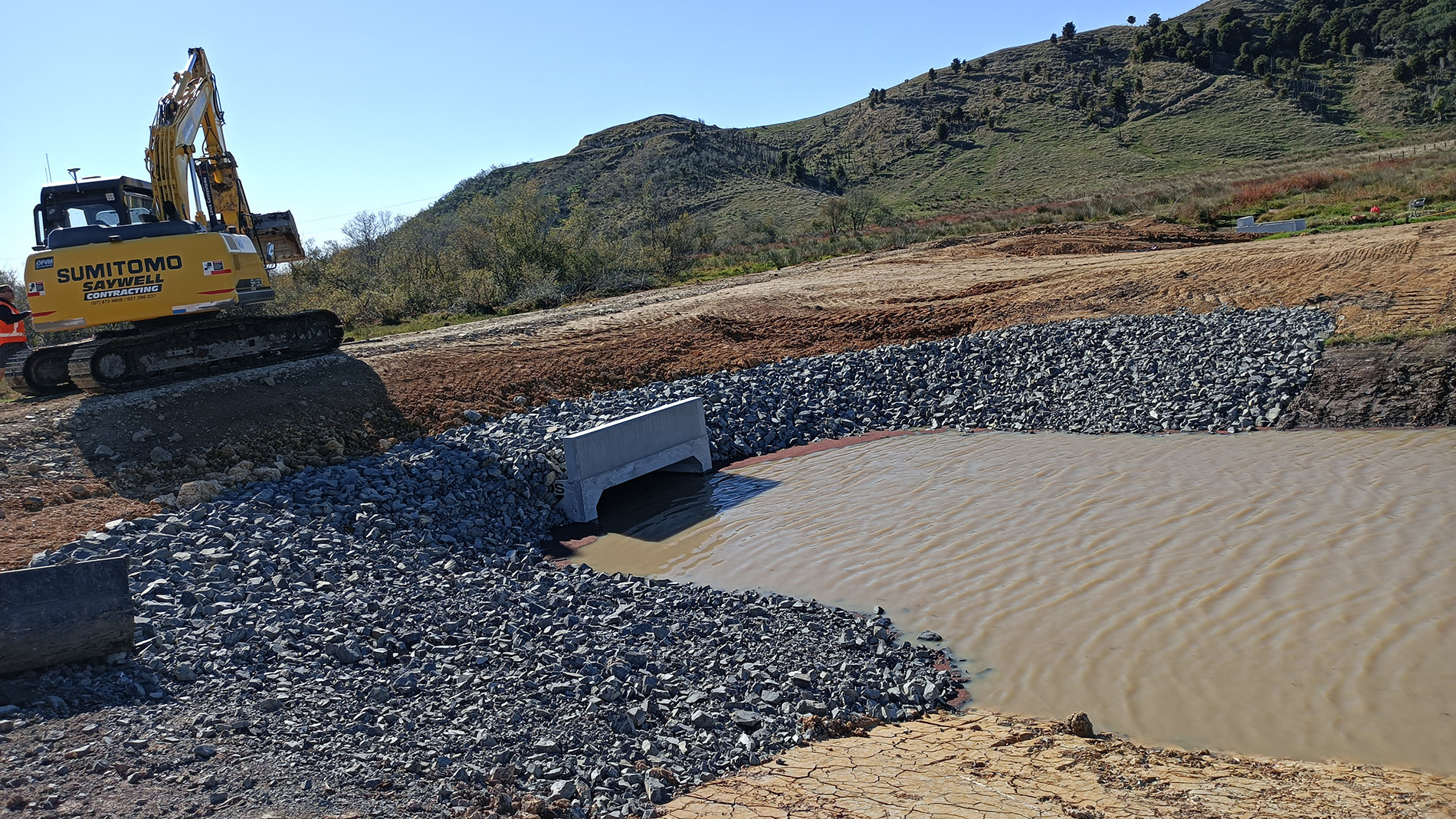
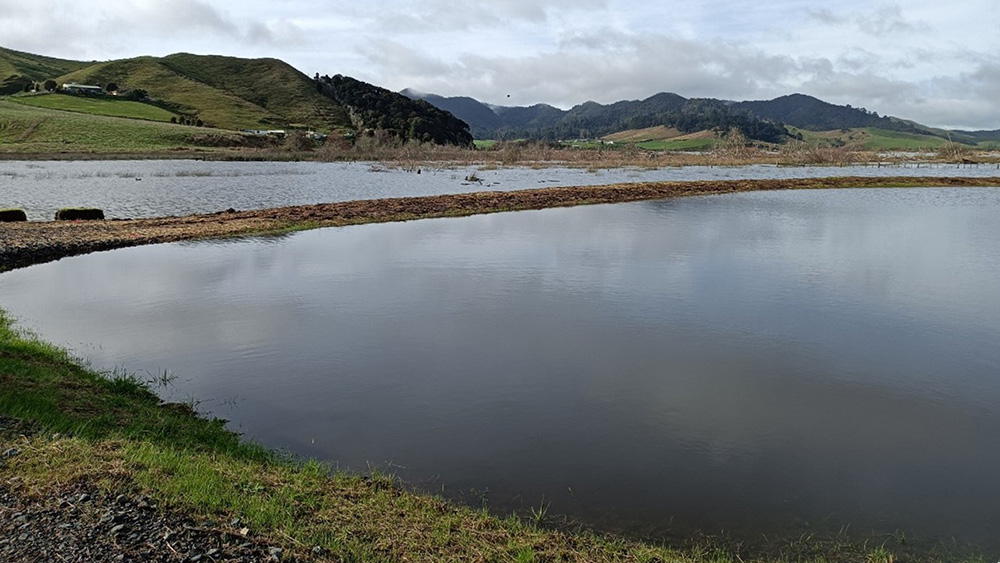
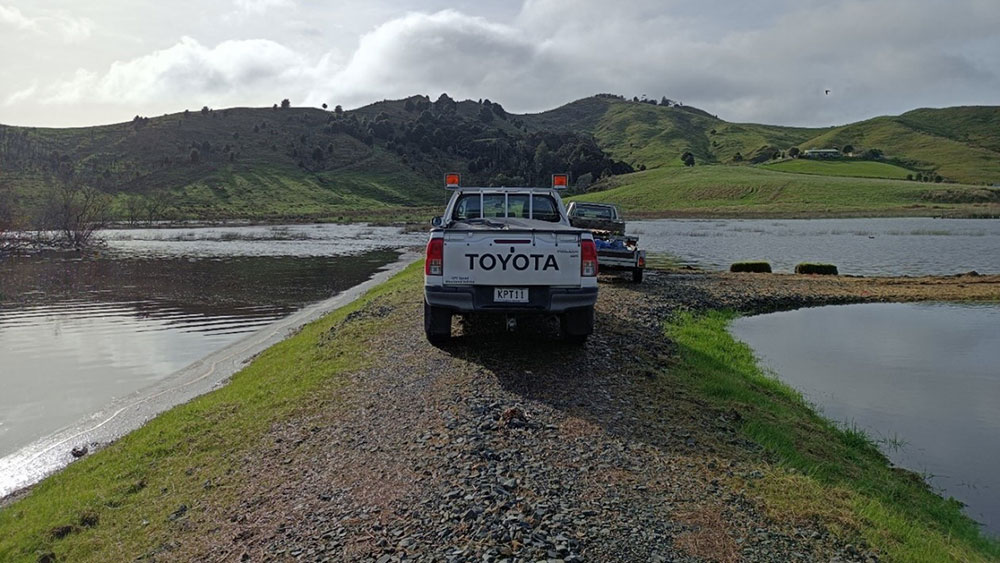
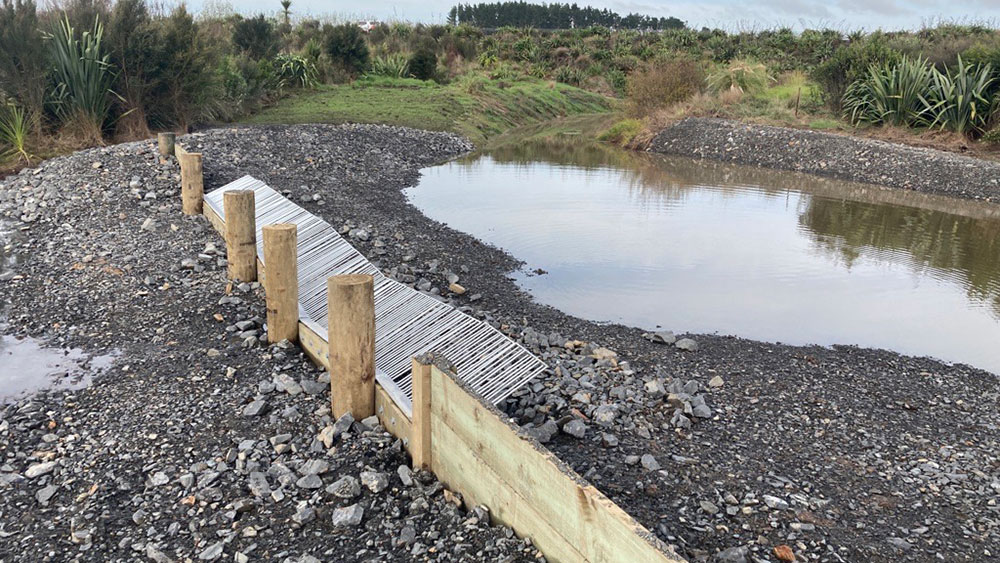

To ask for help or report a problem, contact us
Tell us how we can improve the information on this page. (optional)